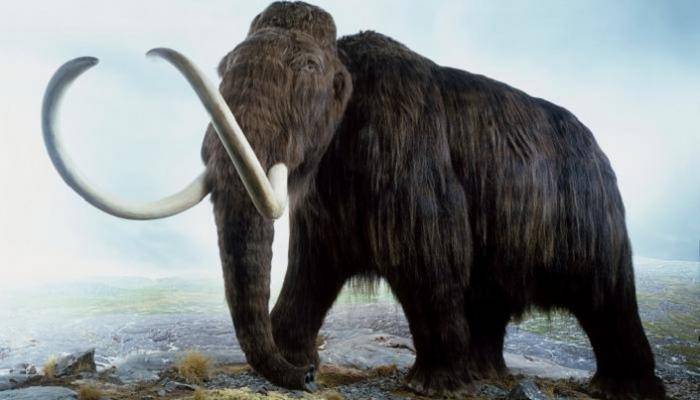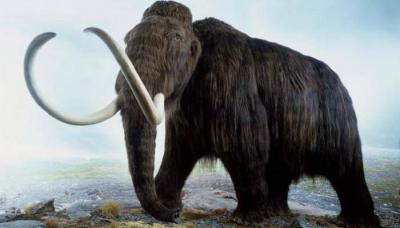Several reports have emerged about a group of scientists who successfully recovered DNA from two samples taken from a mammoth that is more than a million years old. According to a study published in the prestigious scientific journal Nature, the oldest sequenced DNA previously discovered dates back between 789,000 to 560,000 years ago.
This makes the recovered DNA the oldest animal DNA in history. It is worth noting that ancient DNA recovery has improved humanity's understanding of prehistoric populations and animals. However, some evolutionary processes, such as speciation (the formation of new and distinct species), often occurred over time frames believed to exceed the limits of DNA research. Nonetheless, theoretical models suggest that DNA has the potential to remain in good condition within the required time range.
Researcher Love Dalén and his colleagues reported recovering DNA from the molars of two mammoth specimens from the early and middle Pleistocene discovered in northeastern Siberia. Based on the age of the sediment from which the teeth were collected, the samples are over a million years old. Age estimates based on the DNA obtained using mitochondrial genome data suggest that the first sample, named Krestovka, is approximately 1.65 million years old, while the second sample, Adycha, is around 1.34 million years old. Additionally, genomic data derived from these samples indicate the presence of two mammoth lineages in eastern Siberia during the early Pleistocene, which led to the emergence of the woolly mammoth. The authors estimate that the genome of the Krestovka sample diverged from that of another mammoth about 2.66 to 1.78 million years ago, and this lineage was a precursor to the first mammoths that colonized North America in prehistoric times.




